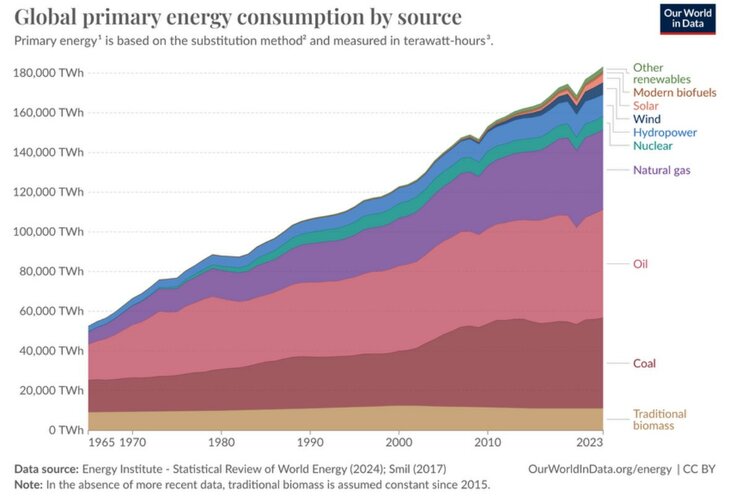The year in clean energy: Wind, solar and batteries grow despite economic challenges
Led by new solar power, the world added renewable energy at breakneck speed in 2023, a trend that if amplified will help Earth turn away from fossil fuels and prevent severe warming and its effects.

















































































































































































































































































































